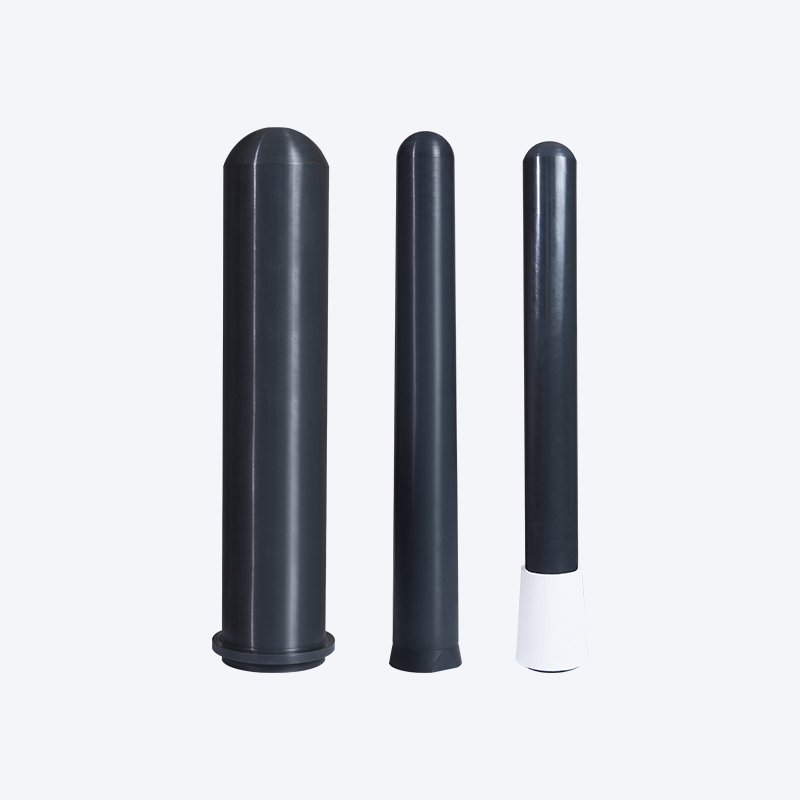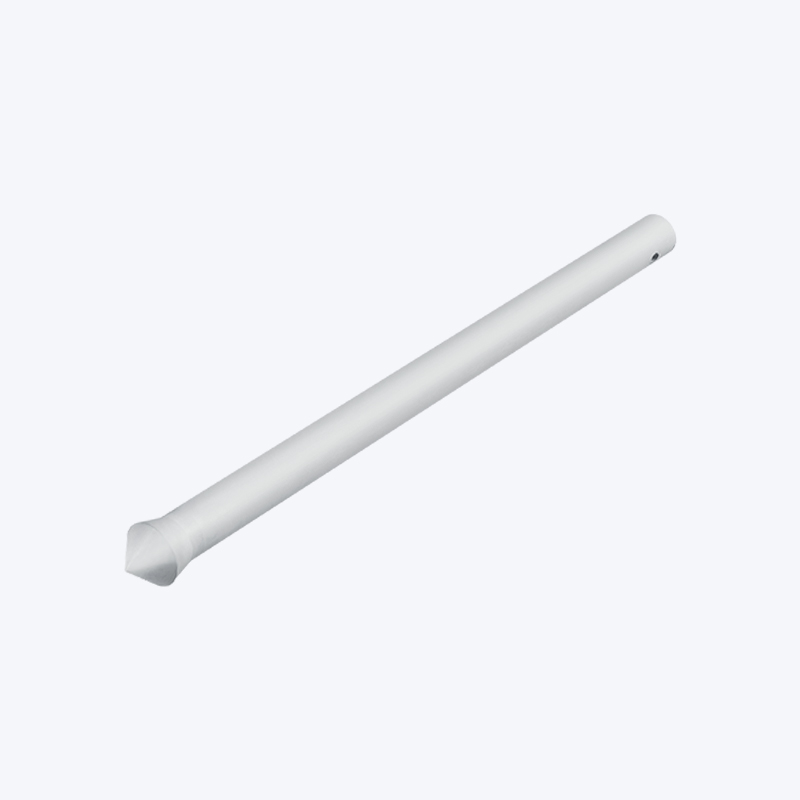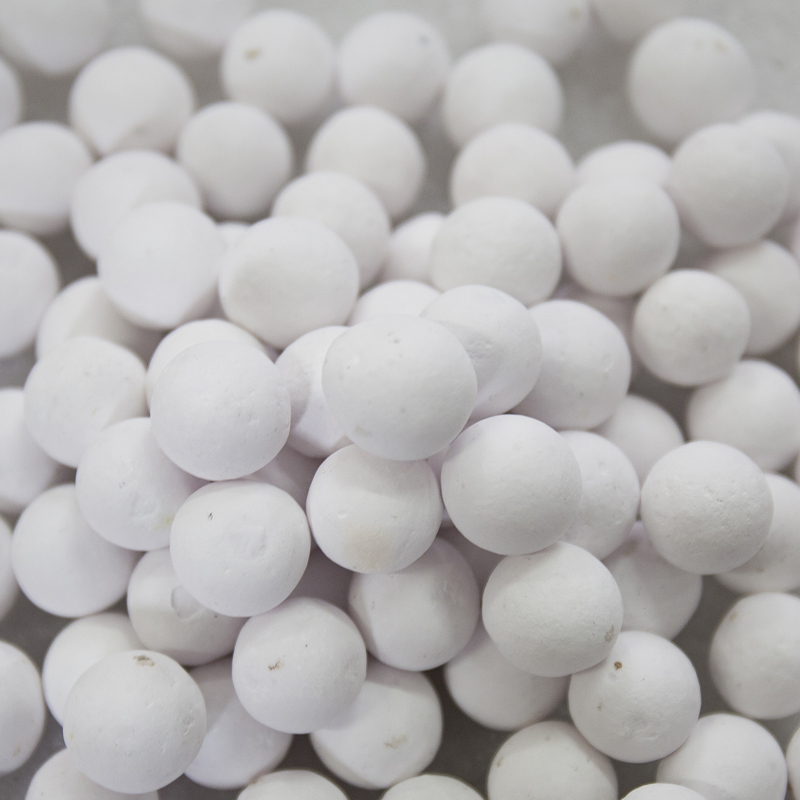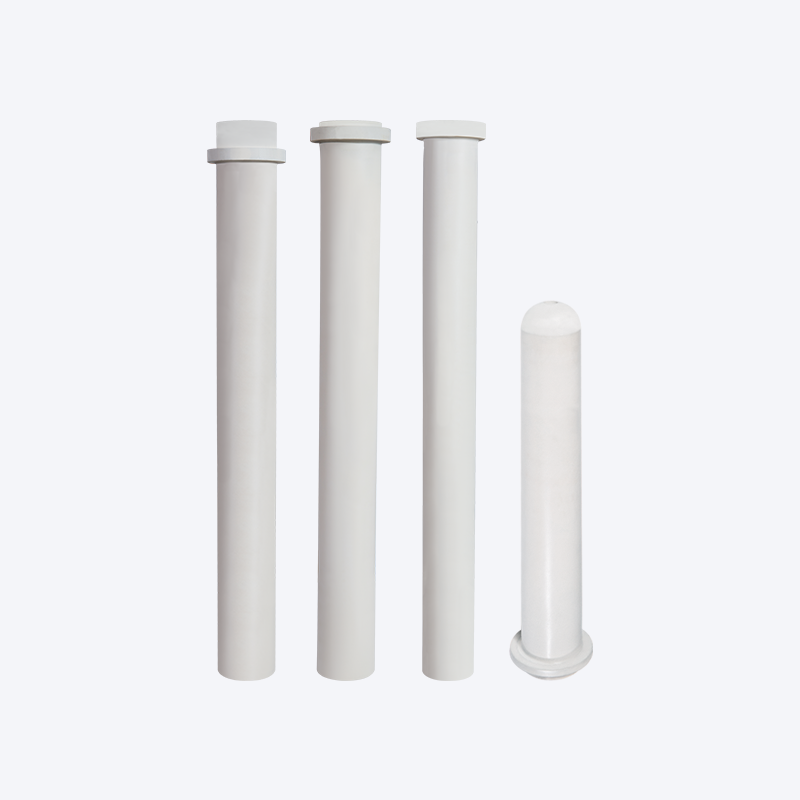How to choose a heater protection tube?
Choosing the right heater protection tube is crucial for ensuring the longevity, efficiency, and safety of your heating elements. These tubes act as a barrier, safeguarding heating elements from harsh environments, corrosive materials, and mechanical stresses. A proper selection not only extends the heater's lifespan but also optimizes its performance and reduces downtime.
Key Considerations for Heater Protection Tube Selection
Several critical factors come into play when selecting a heater protection tube. Each element must be carefully evaluated to match the specific demands of your application.
1. Operating Temperature
The maximum operating temperature of your process is paramount. Heater protection tubes are made from various materials, each with a distinct temperature limit.
-
Metallic Alloys: For temperatures generally below 1200°C (2192°F), alloys like Inconel 600, 310 stainless steel, and Kanthal APM are common.
-
Inconel 600: Offers excellent high-temperature strength and oxidation resistance, suitable for applications up to approximately 1150°C (2100°F).
-
310 Stainless Steel: A good choice for temperatures up to around 1050°C (1922°F), providing decent corrosion and oxidation resistance.
-
Kanthal APM: A powder metallurgical alloy that can withstand temperatures up to 1250°C (2282°F) in some applications, known for its superior form stability and resistance to carburization and nitridation.
-
-
Ceramic Materials: For extremely high temperatures, often exceeding 1200°C (2192°F), ceramic materials are indispensable.
-
Alumina (Al₂O₃): A widely used ceramic, offering high strength, excellent electrical insulation, and good chemical resistance. It can typically operate up to 1700°C (3092°F), depending on purity.
-
Mullite (3Al₂O₃·2SiO₂): Provides good thermal shock resistance and high-temperature strength, often used up to 1600°C (2912°F).
-
Silicon Carbide (SiC): Known for its exceptional thermal conductivity, high strength, and resistance to thermal shock and abrasion. It can be used in oxidizing atmospheres up to 1650°C (3000°F) and even higher in inert atmospheres.
-
Zirconia (ZrO₂): Offers very high strength and toughness, along with good corrosion resistance at high temperatures, often used up to 2000°C (3632°F) in specific grades.
-
2. Chemical Environment
The chemical composition of the atmosphere or media surrounding the heating element is a critical factor. Corrosive gases, molten metals, slags, or specific chemicals can rapidly degrade the protection tube if the material is not chemically compatible.
-
Oxidizing Atmospheres: Most metallic alloys and ceramics perform well in oxidizing environments within their temperature limits.
-
Reducing Atmospheres: Certain metals like Inconel 600 or specific ceramic compositions (e.g., some grades of SiC) are better suited for reducing conditions. Some materials, like silicon carbide, can form a protective silica layer in oxidizing atmospheres but may degrade in highly reducing environments without sufficient oxygen.
-
Acidic or Alkaline Environments: Ceramic materials generally offer superior resistance to harsh chemical attacks compared to metals, especially at elevated temperatures. For instance, high-purity alumina is highly resistant to many acids and alkalis.
-
Molten Materials: When immersed in molten metals, salts, or glass, the protection tube must be entirely resistant to dissolution, erosion, and chemical reaction with the molten phase. Silicon carbide and specific grades of alumina or zirconia are often chosen for these demanding applications.
3. Mechanical Stress and Thermal Shock
Consider any mechanical stresses the tube might encounter, such as vibration, abrasion, or pressure differentials. Equally important is thermal shock resistance, which is the ability of the material to withstand rapid temperature changes without cracking.
-
Thermal Shock: Applications involving frequent cycling or rapid heating/cooling require materials with high thermal shock resistance. Silicon carbide and mullite are excellent in this regard due to their lower coefficients of thermal expansion and higher thermal conductivity compared to some other ceramics.
-
Abrasion and Erosion: If the tube will be exposed to abrasive particles or high-velocity flows, materials like silicon carbide are preferred due to their extreme hardness.
-
Physical Impact: While protection tubes are generally not designed for heavy impact, materials with higher fracture toughness (e.g., zirconia) might be considered for applications where minor impacts are unavoidable.

4. Permeability
In some applications, the protection tube needs to be gas-tight to prevent process gases from contaminating the heating element or to maintain a specific atmosphere within the tube.
-
Dense Ceramics: Sintered ceramics like high-purity alumina, silicon carbide, and zirconia, when properly manufactured, can be virtually impermeable to gases at high temperatures.
-
Porous Ceramics: Some ceramic tubes are more porous and may not be suitable for applications requiring strict atmospheric control.
5. Cost and Availability
While performance is paramount, cost and availability are practical considerations. High-performance materials often come with a higher price tag. It's essential to balance the performance requirements with budget constraints. Sometimes, a slightly less performant but more cost-effective material may be acceptable if it still meets the minimum operational requirements and offers a reasonable lifespan.
Common Heater Protection Tube Materials and Their Applications
Steps to Choose Your Heater Protection Tube
-
Define Your Operating Conditions: Accurately determine the maximum temperature, type of atmosphere (oxidizing, reducing, vacuum, inert), presence of corrosive chemicals, and any mechanical stresses.
-
Consult Material Specifications: Research the temperature limits, chemical compatibility, and mechanical properties of potential protection tube materials.
-
Consider Tube Dimensions: Ensure the inner and outer diameters, as well as the length, are suitable for your heating element and furnace design.
-
Evaluate Cost vs. Performance: While a more expensive material might offer superior performance, a more economical option may suffice if it meets all critical requirements.
-
Seek Expert Advice: If you're unsure, consult with material suppliers or furnace manufacturers. They can provide valuable insights and recommendations based on their experience.
By carefully considering these factors, you can make an informed decision to select the optimal heater protection tube, thereby maximizing the lifespan and efficiency of your heating system.
Contact Us for Quotes and Prices!
Just let us know what you want, and we will get in touch with you as soon as possible!

 English
English 简体中文
简体中文












